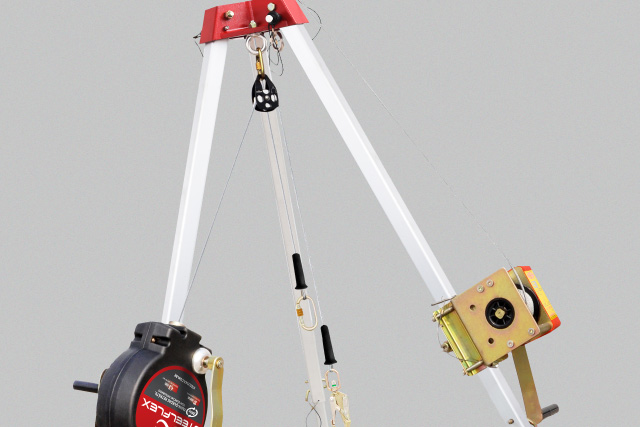How to protect the worker in confined spaces?

First, we need to understand what is characterized by confined spaces. According to NR33, confined space is configured: "any area or environment not designed for continuous human occupation, which has limited means of entry and exit, whose existing ventilation is insufficient to remove contaminants or where oxygen deficiency or enrichment may exist. The areas that work the most in confined spaces are: maintenance, cleaning and construction. It is a high-risk activity, which usually occurs in works involving excavations, pipes and galleries, construction of wells, ditches, tanks, columns, ovens, ventilation ducts, agricultural silos, installations and maintenance of hydraulic, electrical and reservoir networks. The main risks in this work are chemical poisoning, suffocation, explosions and toxic gas leakage. Therefore, it is very important that the employee and the employer follow [...]
Protection of workers in confined spaces?

First, we need to understand what is characterized by confined spaces. According to NR33, confined space is configured: "any area or environment not designed for continuous human occupation, which has limited means of entry and exit, whose existing ventilation is insufficient to remove contaminants or where oxygen deficiency or enrichment may exist. The areas that work the most in confined spaces are: maintenance, cleaning and construction. It is a high-risk activity, which usually occurs in works involving excavations, pipes and galleries, construction of wells, ditches, tanks, columns, ovens, ventilation ducts, agricultural silos, installations and maintenance of hydraulic, electrical and reservoir networks. The main risks in this work are chemical poisoning, suffocation, explosions and toxic gas leakage. Therefore, it is very important that the employee and the employer follow [...]